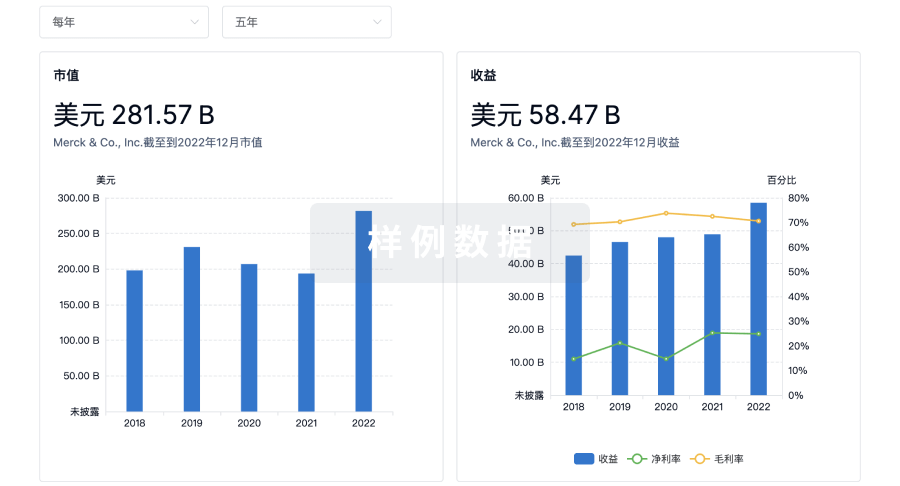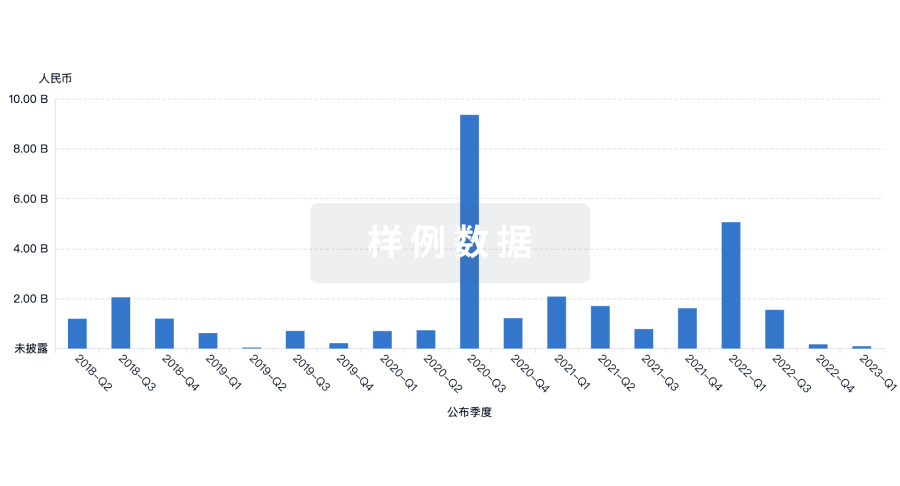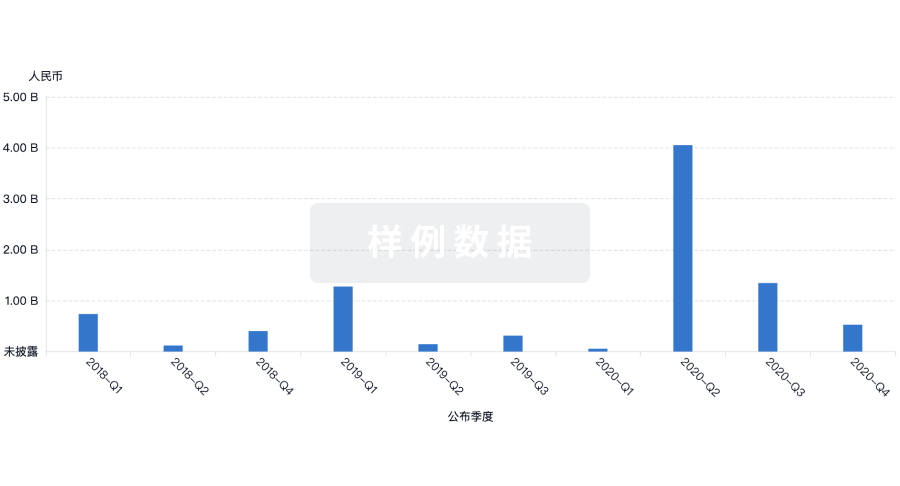预约演示
更新于:2025-12-08

Shimane University
更新于:2025-12-08
概览
标签
神经系统疾病
其他疾病
泌尿生殖系统疾病
ASO
关联
1
项与 Shimane University 相关的药物靶点- |
作用机制- |
非在研适应症- |
最高研发阶段临床前 |
首次获批国家/地区- |
首次获批日期- |
130
项与 Shimane University 相关的临床试验JPRN-UMIN000054157
Investigation of the Effect of Urine Preservative Addition as an Alternative Method to Hydrochloric Acid Addition in Urinary Biochemical Index Concentration Measurement - Measurement of urine biochemical indicators using a new urine preservative
开始日期2024-04-17 |
申办/合作机构 |
JPRN-UMIN000054052
A non-inferiority randomized controlled trial of balloon dilatation alone versus balloon dilatation with stenting for stricture of choledochojejunostomy - CJ stricture trial
开始日期2024-04-05 |
申办/合作机构 |
JPRN-UMIN000053594
A retrospective study on endoscopic treatment of pancreaticojejunostomy stricture by double-balloon assisted endoscopic retrograde cholangiopancreatography - A retrospective study on endoscopic treatment of pancreaticojejunostomy stricture by double-balloon assisted endoscopic retrograde cholangiopancreatography
开始日期2024-02-11 |
申办/合作机构 |
100 项与 Shimane University 相关的临床结果
登录后查看更多信息
0 项与 Shimane University 相关的专利(医药)
登录后查看更多信息
6,762
项与 Shimane University 相关的文献(医药)2026-02-01·MARINE POLLUTION BULLETIN
Human-induced and climatic impacts on Hong Kong marine ecosystem over the past century: consequences of eutrophication, pollution, and monsoon
Article
作者: Leung, Kit Sum ; Baker, David M ; Tsujimoto, Akira ; Hong, Yuanyuan ; Yasuhara, Moriaki ; Huang, Jialu ; Ruan, Yuefei ; Wang, He ; Dai, Minhan
Coastal marine ecosystems face complex pressures from both anthropogenic activities and climate variability. However, due to the recent overwhelming signals of human-induced impacts, there is a paucity of evidence of paleoecological archives on the combined effects of anthropogenic and climatic impacts on coastal marine ecosystem. By analyzing ostracod(s) as an indicator of paleo benthic ecosystem at a unique, less urbanized marine site in Hong Kong, we discovered that moderate signal (i.e., not overly strong, like total defaunation) of gradual ostracod community shifts in response to mild human-induced stresses, and it gave us a chance to observe how the ecosystem change gradually in response to different types of human and climatic stressors. We found that pollutants shifted marine community from 1960s, aligning with Hong Kong's industrial development history. Local ecosystem has been affected by eutrophication gradually, starting rather late with major negative impacts from 1980s. We also found evidence of strong monsoons between ~1940s-1960s which aided the establishment of tropical species. Our integrated investigation on paleoecology, environmental human stresses (eutrophication, hypoxia, and pollution), climate change, and socioeconomics in the past century reveals complicated change of coastal marine ecosystem under various influences and provides a critical baseline for better optimized management and conservation in this rapidly developing subtropical region.
2025-12-04·JOURNAL OF EXPERIMENTAL BOTANY
Simultaneous knockout of VITAMIN C DEFECTIVE 2 and 3 exacerbates ascorbate deficiency and light stress sensitivity
Article
作者: Tanaka, Yasuhiro ; Hamada, Akane ; Arima, Koki ; Nakayama, Hiroki ; Maruta, Takanori ; Ishikawa, Takahiro
Abstract:
Light-dependent activation of ascorbate biosynthesis is essential for accumulating ascorbate to mitigate photooxidative stress. The VTC2 and VTC3 genes play key roles in this process: VTC2 encodes GDP-L-galactose phosphorylase (GGP), the rate-limiting enzyme in ascorbate biosynthesis, and VTC3 encodes a putative protein kinase/phosphatase with an unknown function. Here, we investigated their functional and genetic relationship. In vtc3 mutants, VTC2 transcription and GGP activity were slightly enhanced, suggesting that VTC3 is not required for VTC2 expression. Additionally, the vtc3 mutation had negligible effects on the transcriptome and the activity of enzymes involved in ascorbate redox cycle regulation, narrowing down the possible roles of VTC3 in ascorbate metabolism. Under low-light conditions, ascorbate concentrations were lower in vtc2 than in vtc3 mutants, but vtc2 retained the ability to increase ascorbate concentrations under high-light stress, unlike vtc3. The simultaneous knockout of VTC2 and VTC3 further reduced ascorbate concentrations compared with the single mutants and severely impaired light-stress-induced ascorbate accumulation, resulting in impaired non-photochemical quenching and enhanced photooxidative damage. These findings highlight the additive effects of VTC2 and VTC3 on ascorbate biosynthesis and stress tolerance. The vtc2 vtc3 double mutants provide a valuable model for further elucidating the physiological roles of ascorbate in plants.
2025-12-01·HYPERTENSION RESEARCH
Effects of perirenal fat accumulation on cardiometabolic and renal functions and mineralocorticoid receptor activation in primary aldosteronism
Article
作者: Kaneko, Kenji ; Hayashi, Kaori ; Kanda, Takeshi ; Yamada, Yoshitake ; Mizutani, Yosuke ; Itoh, Hiroshi ; Kinouchi, Kenichiro ; Jinzaki, Masahiro ; Kojima, Daiki ; Yoshino, Jun ; Mitsuno, Ryunosuke ; Nakamura, Toshifumi ; Nakamura, Kengo ; Azegami, Tatsuhiko
Perirenal fat (PRF), an ectopic fat depot lying adjacent to kidneys, is a risk factor for cardiometabolic and renal dysfunctions in patients with obesity and type 2 diabetes. We aimed to investigate the involvement of PRF in the pathophysiology and treatment of primary aldosteronism (PA). To this end, we measured PRF volume by abdominal CT and evaluated the relationships among PRF volume, cardiometabolic and renin-angiotensin-aldosterone system (RAAS) parameters, and therapeutic response to mineralocorticoid receptor antagonist (MRA) treatment in well-phenotyped PA patients. In addition, we evaluated the effects of MRA treatment on inflammation and fibrosis, potential downstream targets of MR signaling, by analyzing PRF obtained from obese (db/db) mice. PRF volume (PRF%) and visceral fat volume (VFV) were associated with various cardiometabolic and renal risk markers and RAAS parameters, such as body mass index, creatinine, triglyceride, high-density lipoprotein cholesterol, uric acid, fasting glucose, C-reactive protein, 24-h urine aldosterone, and 24-h urine normetanephrine (all P < 0.05). PRF%, but not VFV, positively correlated with changes in systolic and diastolic blood pressure and initial estimated glomerular filtration rate (eGFR) fall following MRA treatment after adjusting for confounders (all P < 0.05). In addition, MRA treatment decreased PRF expression of markers of macrophage infiltration and fibrosis in db/db mice (all P < 0.05). In conclusion, our results suggest that PRF accumulation is involved in the mechanisms linking MR activation to cardiometabolic and renal dysfunctions in PA patients. Moreover, PRF could be not only a prognostic factor but also a new therapeutic target for MRA-resistant hypertension.
100 项与 Shimane University 相关的药物交易
登录后查看更多信息
100 项与 Shimane University 相关的转化医学
登录后查看更多信息
组织架构
使用我们的机构树数据加速您的研究。
登录
或

管线布局
2025年12月11日管线快照
管线布局中药物为当前组织机构及其子机构作为药物机构进行统计,早期临床1期并入临床1期,临床1/2期并入临床2期,临床2/3期并入临床3期
临床前
1
登录后查看更多信息
当前项目
| 药物(靶点) | 适应症 | 全球最高研发状态 |
|---|---|---|
Antisense oligonucleotide(Praxis Precision Medicines/ReCode Therapeutics) | 肌肉减少症 更多 | 临床前 |
登录后查看更多信息
药物交易
使用我们的药物交易数据加速您的研究。
登录
或

转化医学
使用我们的转化医学数据加速您的研究。
登录
或

营收
使用 Synapse 探索超过 36 万个组织的财务状况。
登录
或

科研基金(NIH)
访问超过 200 万项资助和基金信息,以提升您的研究之旅。
登录
或

投资
深入了解从初创企业到成熟企业的最新公司投资动态。
登录
或

融资
发掘融资趋势以验证和推进您的投资机会。
登录
或

生物医药百科问答
全新生物医药AI Agent 覆盖科研全链路,让突破性发现快人一步
立即开始免费试用!
智慧芽新药情报库是智慧芽专为生命科学人士构建的基于AI的创新药情报平台,助您全方位提升您的研发与决策效率。
立即开始数据试用!
智慧芽新药库数据也通过智慧芽数据服务平台,以API或者数据包形式对外开放,助您更加充分利用智慧芽新药情报信息。
生物序列数据库
生物药研发创新
免费使用
化学结构数据库
小分子化药研发创新
免费使用

